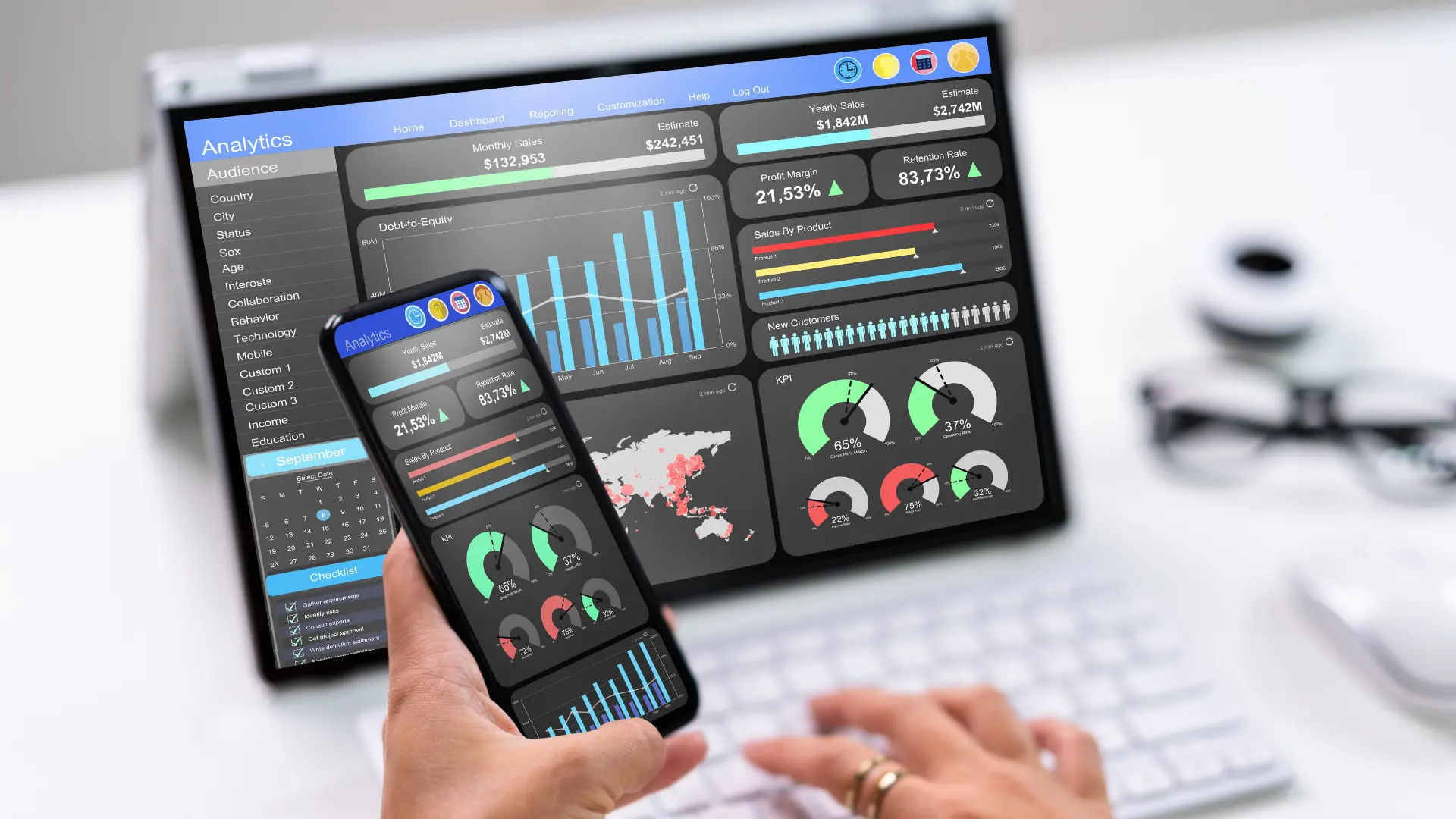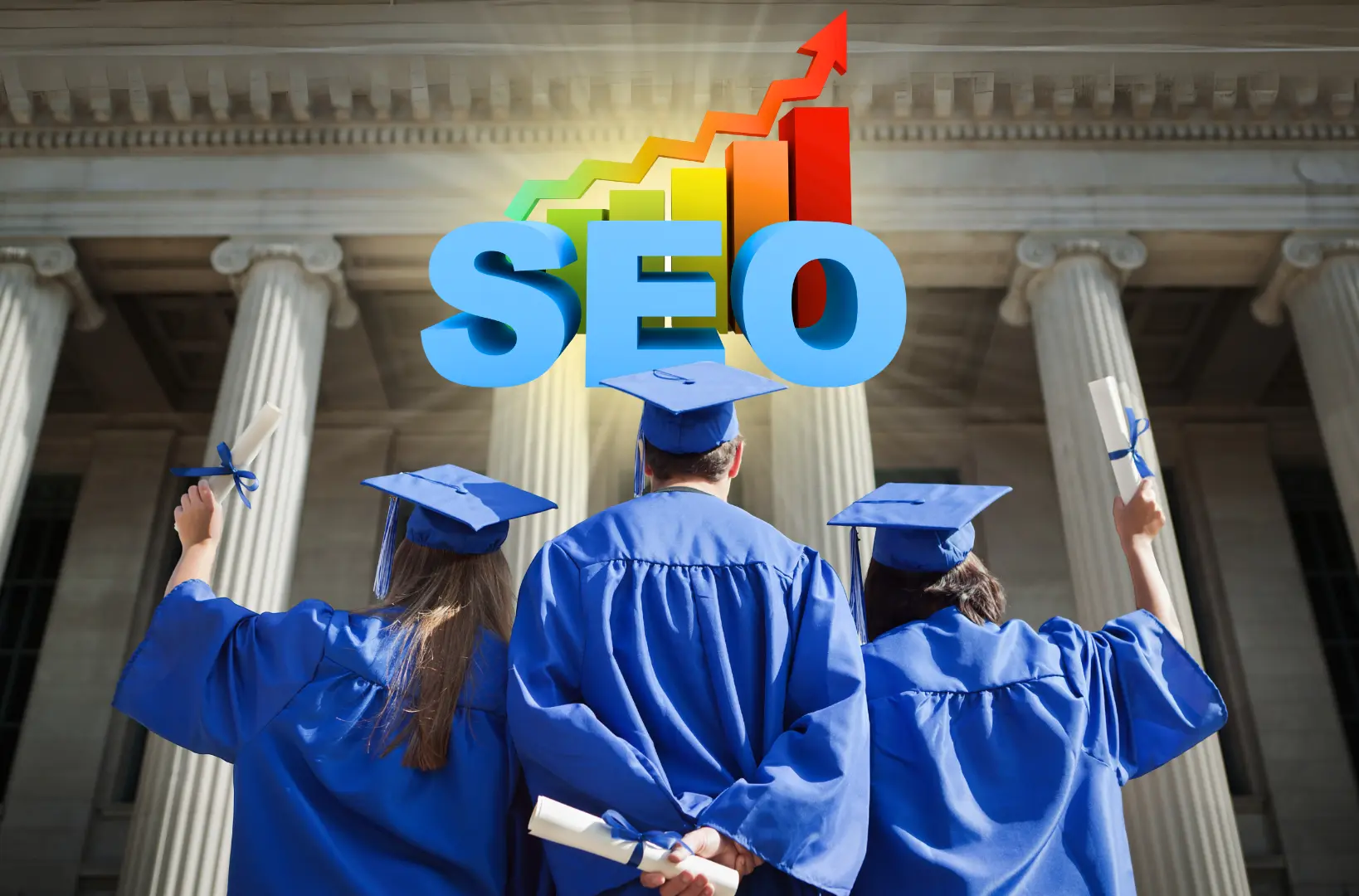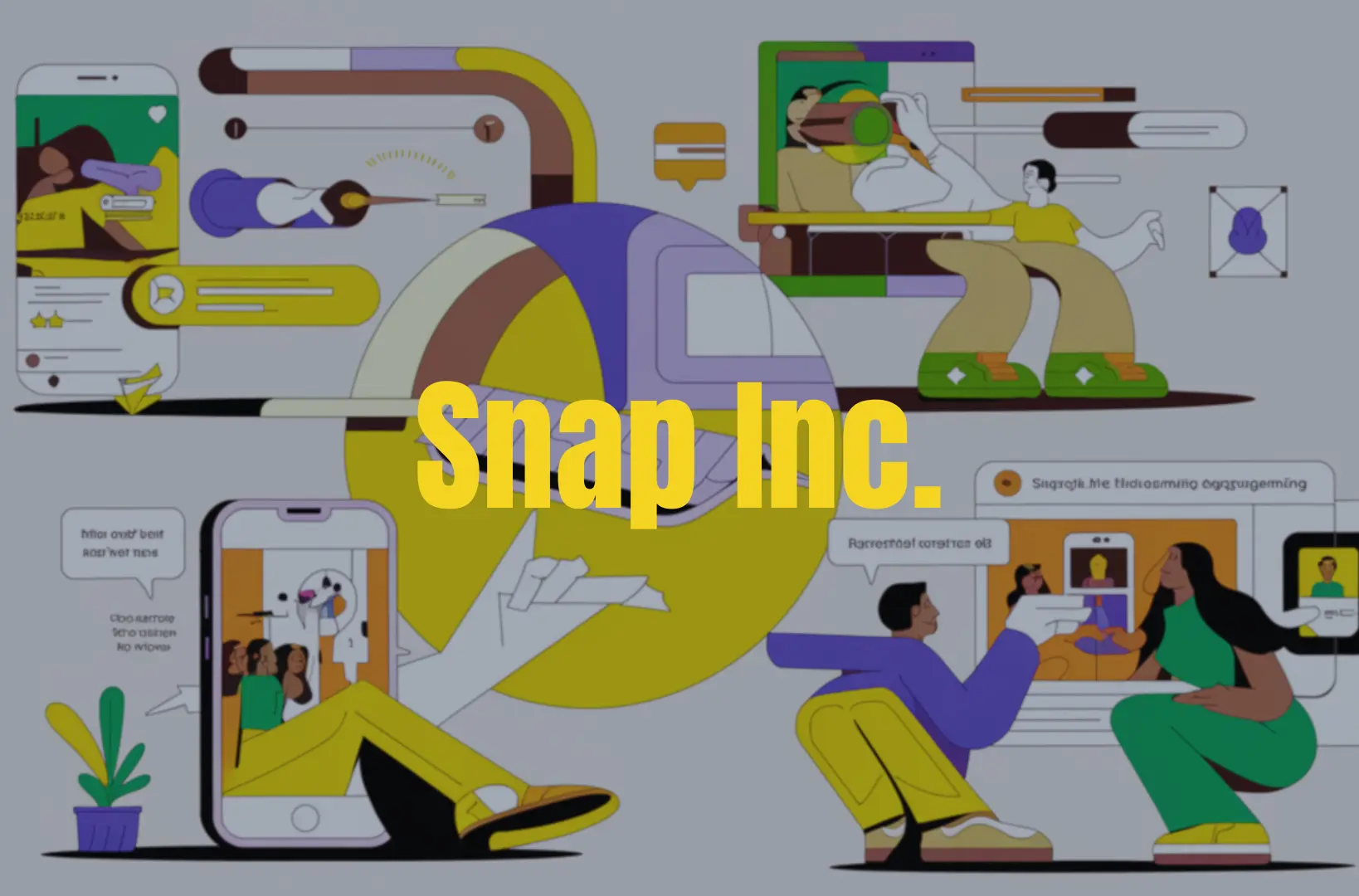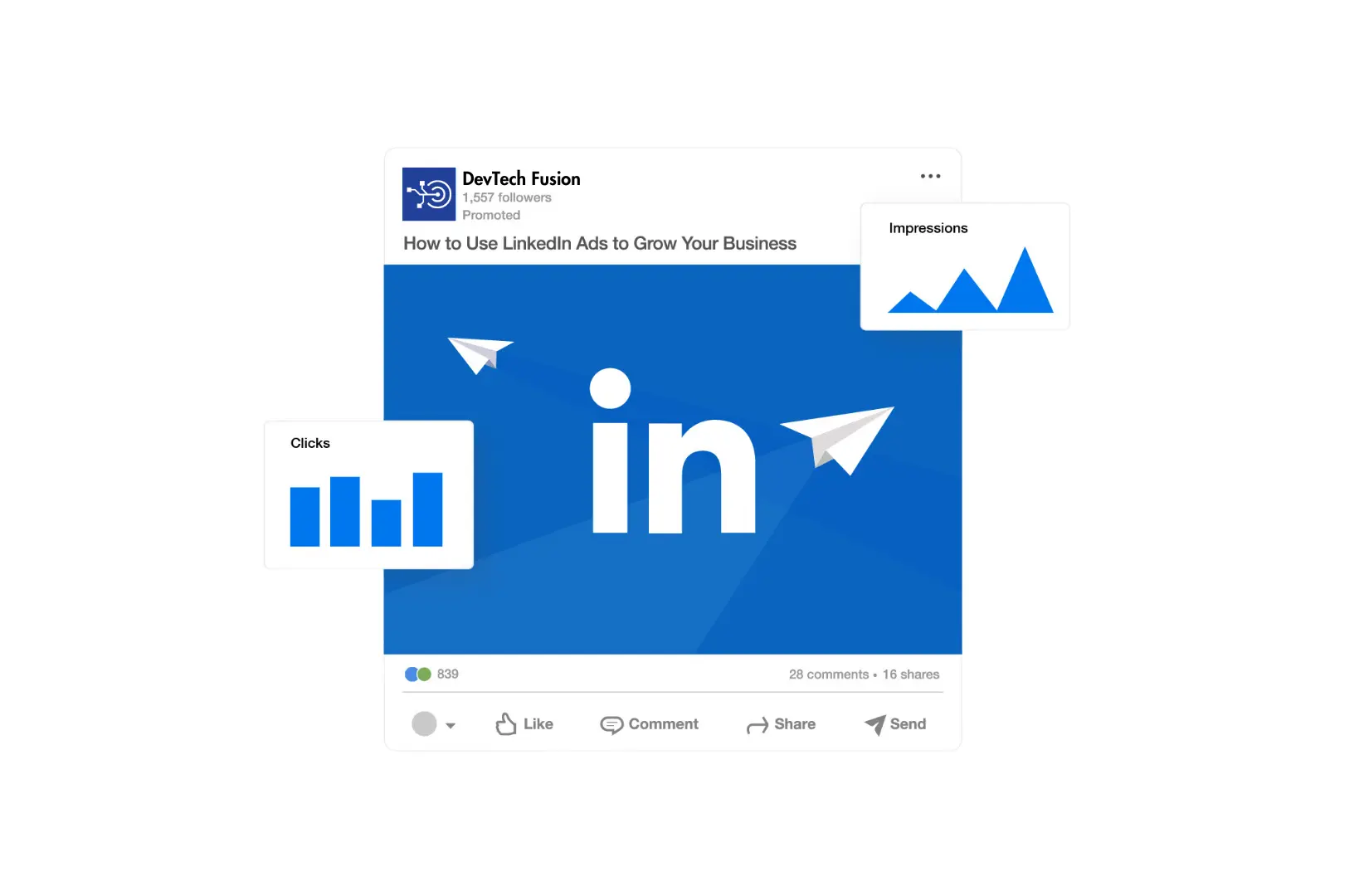As we step into 2025, the digital marketing landscape continues to evolve at an unprecedented pace. With emerging technologies, shifting consumer expectations, and the growing importance of data-driven decision-making, marketers are presented with both exciting opportunities and unique challenges. Staying ahead of these trends is crucial for businesses looking to maintain their competitive edge. In this blog, we’ll explore the key digital marketing trends that are set to define 2025 and provide actionable insights to help you prepare for the future.
1. Personalization 2.0: Beyond the Basics
Gone are the days when merely addressing customers by their first name was enough to create a personalized experience. In 2025, personalization is entering a new phase, driven by advancements in AI and machine learning. Hyper-personalization, which leverages real-time data and predictive analytics, is becoming the norm. According to a recent study by McKinsey, 71% of consumers now expect personalized interactions, and companies that excel in personalization generate 40% more revenue than their peers.
For example, e-commerce platforms are utilizing AI to analyze browsing behavior, purchase history, and even social media activity to create dynamic shopping experiences. The result? Higher engagement rates, increased customer loyalty, and improved conversion rates. Businesses that fail to adopt advanced personalization strategies risk being left behind in a world where consumers expect brands to understand their unique preferences.
2. The AI Revolution in Marketing
Artificial intelligence continues to transform digital marketing, enabling marketers to automate tasks, optimize campaigns, and improve customer interactions. In 2025, AI-powered tools are more sophisticated than ever, making it easier to create impactful campaigns.
Generative AI, for instance, is revolutionizing content creation. Tools like ChatGPT and DALL-E are being used to produce high-quality blog posts, social media captions, and even visual assets in a fraction of the time it once took. Additionally, AI-driven chatbots are providing round-the-clock customer support, delivering instant and accurate responses while freeing up human resources for more complex tasks. According to Statista, the global AI market in marketing is projected to grow to $107.5 billion by 2028, highlighting its transformative impact.
For marketers, the challenge lies in finding the right balance between automation and the human touch. While AI can streamline processes and enhance efficiency, retaining authenticity and emotional resonance is crucial for building trust with audiences.
3. Video Content Dominance
Video continues to reign supreme as the most engaging form of content, and its influence shows no signs of slowing down in 2025. Short-form videos, live streams, and interactive video formats are capturing the attention of audiences across platforms like TikTok, Instagram Reels, and YouTube Shorts.
HubSpot’s recent report indicates that 91% of marketers believe video is critical to their marketing strategy, with 84% stating that video has helped them generate leads. Interactive videos, which allow viewers to make choices or engage with the content in real time, are particularly effective for driving engagement and conversions.
To stay competitive, businesses must invest in high-quality video production and ensure their content is optimized for mobile viewing. Consistency is key—regularly publishing fresh and relevant video content can help brands build a loyal following and enhance their visibility.
4. Voice and Visual Search Optimization
The way people search for information online is changing rapidly, and 2025 marks a significant shift towards voice and visual search. With the proliferation of smart speakers, voice assistants, and image recognition technology, consumers are embracing new ways to discover content and products.
Optimizing for voice search involves understanding conversational language and incorporating long-tail keywords that reflect how people speak. Meanwhile, visual search—powered by tools like Google Lens—allows users to search using images instead of text. According to Gartner, brands that redesign their websites to support visual and voice search could increase their revenue by 30% by 2025.
By staying ahead of these trends, brands can enhance their SEO strategies and capture the attention of tech-savvy consumers.
5. Sustainable and Ethical Marketing
In 2025, consumers are more socially and environmentally conscious than ever before. They expect brands to adopt sustainable practices, demonstrate ethical values, and contribute positively to society. As a result, purpose-driven marketing is becoming a cornerstone of successful campaigns.
A study by IBM found that 77% of consumers consider sustainability and environmental responsibility when making purchase decisions. Brands that prioritize transparency, authenticity, and sustainability can build stronger connections with their audiences. This includes reducing carbon footprints, sourcing materials responsibly, and supporting meaningful causes. However, businesses must avoid “greenwashing”—making false or exaggerated claims about their environmental efforts—as consumers are quick to spot insincerity.
Sustainable marketing isn’t just a trend; it’s a necessity for building trust and loyalty in a world where values matter as much as products.
6. The Rise of Social Commerce and Micro-Influencers
Social media platforms are no longer just channels for communication and content sharing; they’ve evolved into powerful e-commerce hubs. Social commerce—the integration of shopping features within social platforms—is driving a significant portion of online sales in 2025.
According to eMarketer, global social commerce sales are expected to reach $2.9 trillion by 2026. Features like Instagram Shops, TikTok Shopping, and Pinterest’s Buyable Pins allow users to discover and purchase products seamlessly. Additionally, micro-influencers—creators with smaller but highly engaged audiences—are becoming key players in driving conversions. Their authentic and relatable content resonates with niche communities, making them valuable partners for brands looking to connect with specific demographics.
To leverage this trend, businesses should focus on building authentic relationships with influencers and creating shoppable content that simplifies the purchasing journey.
7. Augmented Reality (AR) and Immersive Experiences
Augmented reality is revolutionizing how brands interact with their customers, offering immersive experiences that blur the lines between the digital and physical worlds. In 2025, AR will be used for virtual try-ons, interactive product demos, and gamified marketing campaigns.
For example, beauty brands are enabling customers to try on makeup virtually, while furniture companies offer AR tools to visualize how products will look in their homes. A report by MarketsandMarkets predicts the AR market will grow to $97.76 billion by 2025, underlining its potential for businesses.
These interactive experiences not only enhance engagement but also reduce purchase hesitation, leading to higher sales. Brands that embrace AR technology can create memorable experiences that set them apart from competitors.
8. First-Party Data and Privacy-First Strategies
With the decline of third-party cookies and increasing data privacy regulations, businesses must adapt to a privacy-first approach in 2025. Relying on first-party data—information collected directly from customers—is becoming essential for delivering personalized experiences.
A survey by Adobe revealed that 86% of consumers want more transparency about how their data is used. Marketers need to invest in robust data collection strategies, such as loyalty programs, interactive surveys, and email opt-ins, to gather valuable insights while respecting consumer privacy. Transparency is key—clearly communicating how data is collected and used can help build trust and foster stronger relationships.
By prioritizing privacy and ethical data practices, businesses can navigate the evolving regulatory landscape while maintaining customer loyalty.
Conclusion
The digital marketing trends of 2025 underscore the importance of innovation, adaptability, and authenticity. From hyper-personalization and AI-powered tools to sustainable practices and immersive experiences, the opportunities for growth are limitless. However, success lies in the ability to balance technology with the human touch, ensuring that every interaction resonates with your audience.
As you prepare for 2025, consider how these trends align with your business goals and marketing strategies. Embrace change, stay curious, and prioritize meaningful connections—because the future of digital marketing is as much about people as it is about technology.

Burhan Ahmad is a Senior Content Editor at Technado, with a strong focus on tech, software development, cybersecurity, and digital marketing. He has previously contributed to leading digital platforms, delivering insightful content in these areas.








